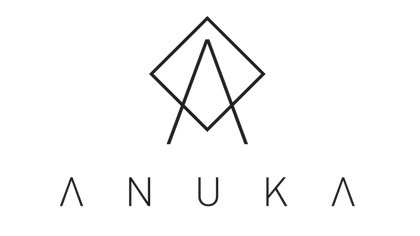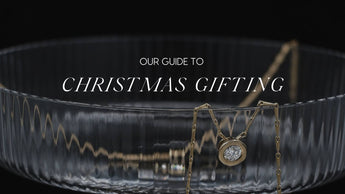A Guide to Gemstones: Colours, Properties and Meanings
The rising popularity of coloured Gemstones has been apparent for some time now.
Not only are people fascinated by their properties and meaning, but they are becoming increasingly sought-after in the jewellery industry, with many choosing to incorporate coloured stones in engagement rings and dress jewellery. This interest can be attributed to the ebbs and flows of fashion trends, much like silver and gold tend to switch in popularity.
We have written a blog previously about Ethical Gemstones and How to Buy Them, but wanted to delve a little deeper to explore the properties and meanings of their associated months.

Are Coloured Gemstones Ethical?
There is quite a bit of controversy surrounding coloured gemstones as they can't always be traced back to their origin. This is partly because unlike the diamond industry, gemstones are not monitored as closely and tend to come from small-scale mines.
To understand if a gemstone is ethical, you must be able to trace each and every point along the production process. Without this, we would have no idea of where it was mined or cut.
If you are looking to purchase ethical gemstones, you need to look out for a supply chain that can be fully verified or traced, evidence of the source and the process and whether the dealer or brand is forthcoming in offering details of sourcing and production.
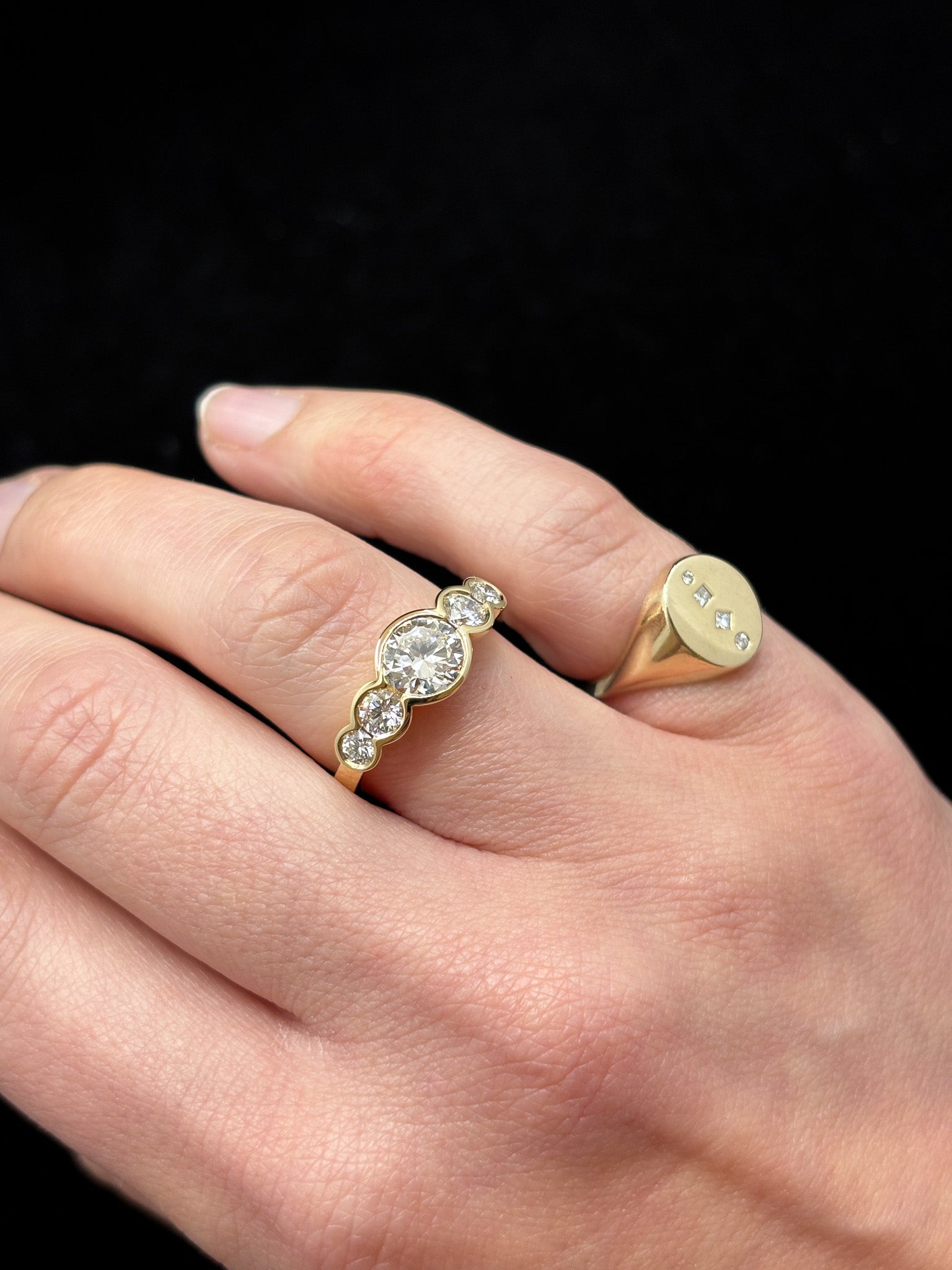
The Importance of an Ethical Supply Chain
Unlike diamonds and precious metals, gemstones have quite a complex supply chain. This is because they tend to be mined, cut, and sold in different countries.
In saying that, there are more and more reputable suppliers with transparent supply chains.
In order to understand how to buy ethical gemstones and identify these reputable suppliers, it is essential that you get to grips with the supply chain structure and learn what to look out for.
So long as these stages are all audited along the way and there are traceable proof points, you can be confident that your gemstone is ethical. Here is the supply chain in its simplest form:
Mine - rough stones
Cutting - the practice of shaping and polishing the stone
Market - gemstone buyers/dealers
Jeweller - someone like me, who sources gemstone’s to make jewellery
Consumer - you, the wearer

Meanings and Properties
There are 12 gemstones, or birthstones, that we associate with the months of the year. The popularity of birthstones dates back to ancient times when civilizations believed that gemstones had powers and healing properties.
Birthstones can be the standout feature of a piece of jewellery and have great personal significance. So if you’re looking to treat yourself or someone special, or simply want to understand the gemstone meanings, let’s take a look at this gemstone list to explore their properties.

January - Garnet
Garnets are generally recognised for their rich red colour however, they come in a variety of different colours.
Meaning: As a reflection of it’s red colour, the stone is associated with love and protection.
Properties: Due to the soft make-up of a Garnet, it is not commonly used in everyday jewellery such as engagement rings. However its affinity to the much more expensive Ruby, makes Garnets a more affordable, accessible option.

February - Amethyst
One of the more recognisable gemstones, the Amethyst is known for its impressive, deep purple colouring.
Meaning: Amethyst is linked to qualities of peace, courage and stability.
Properties: The stone is said to have healing properties through how it absorbs and emits far-infrared radiation.
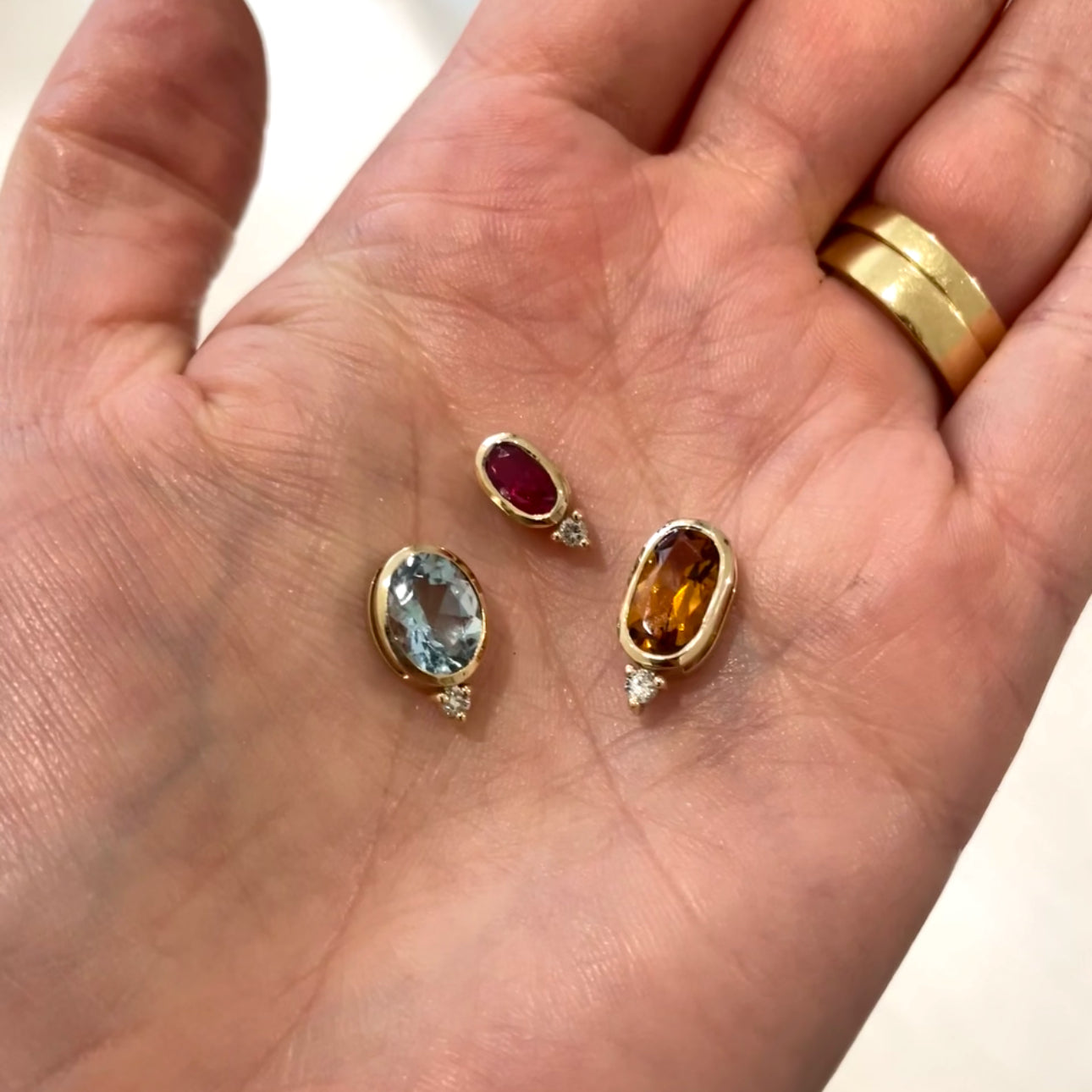
March - Aquamarine
The name Aquamarine is derived from Latin, and roughly translates as ‘water of the sea.’ They are a greenish-blue to pale blue member of the beryl family, of which Emerlands also belong to.
Meaning: Due to links to sailors who once used the stones for comfort, Aquamarine is said to be a safety stone to relieve anxieties.
Properties: It is a hard stone and so perfect for everyday wear however, aquamarine is a very rare gemstone due to its limited availability. Because of this, people tend to opt for the more common blue stone, Sapphire.
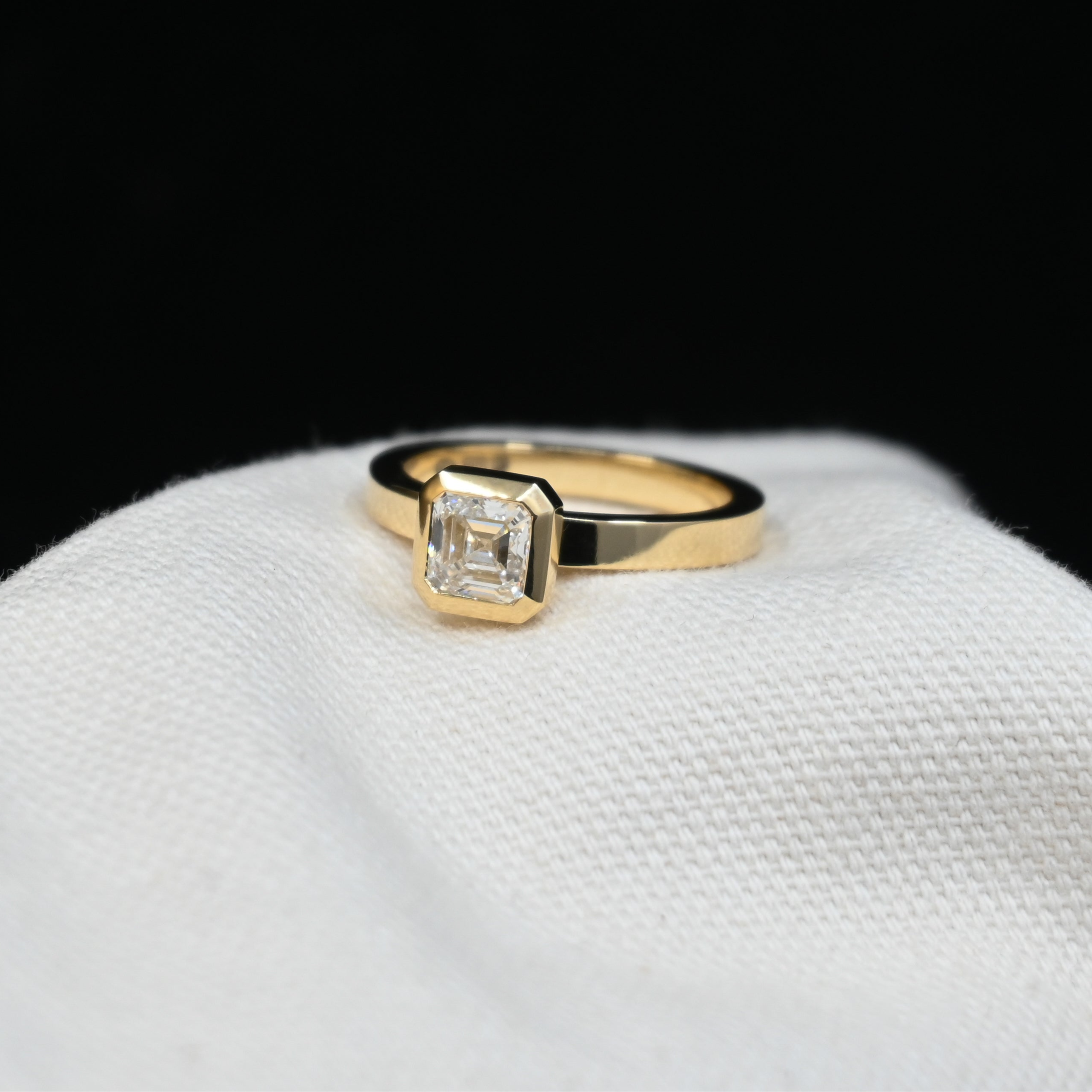
April - Diamond
Probably the most recognisable of the 12 birthstones, Diamonds notably adorn gemstone engagement rings and fine jewellery.
Meaning: They are thought to provide the wearer inner strength and everlasting love.
Properties: Diamond is known to be one of the toughest materials on earth. The durability is why they are used in everyday wear pieces such as engagement rings.

May - Emerald
As the shift toward non-traditional weddings becomes more and more common, couples are steering away from conventional diamonds in favour of coloured stones, such as emeralds.
Meaning: Historically, Emeralds were said to enable wearers to tell the future. Now, they are associated with wisdom, growth and patience.
Properties: Emeralds are extremely rare gemstones. For every 30 diamonds that get cut, only one emerald get’s cut.

June - Pearl
Unlike other gemstones that come from the earth, Pearl is formed in mollusks that can be found in both fresh and saltwater.
Meaning: Known for natural beauty and purity, the ancient Greeks held the belief that pearls were the tears of joy of Aphrodite, the goddess of love.
Properties: Naturally occurring Pearls have an iridescent lustre and slight irregularity compared to man-made pearls.
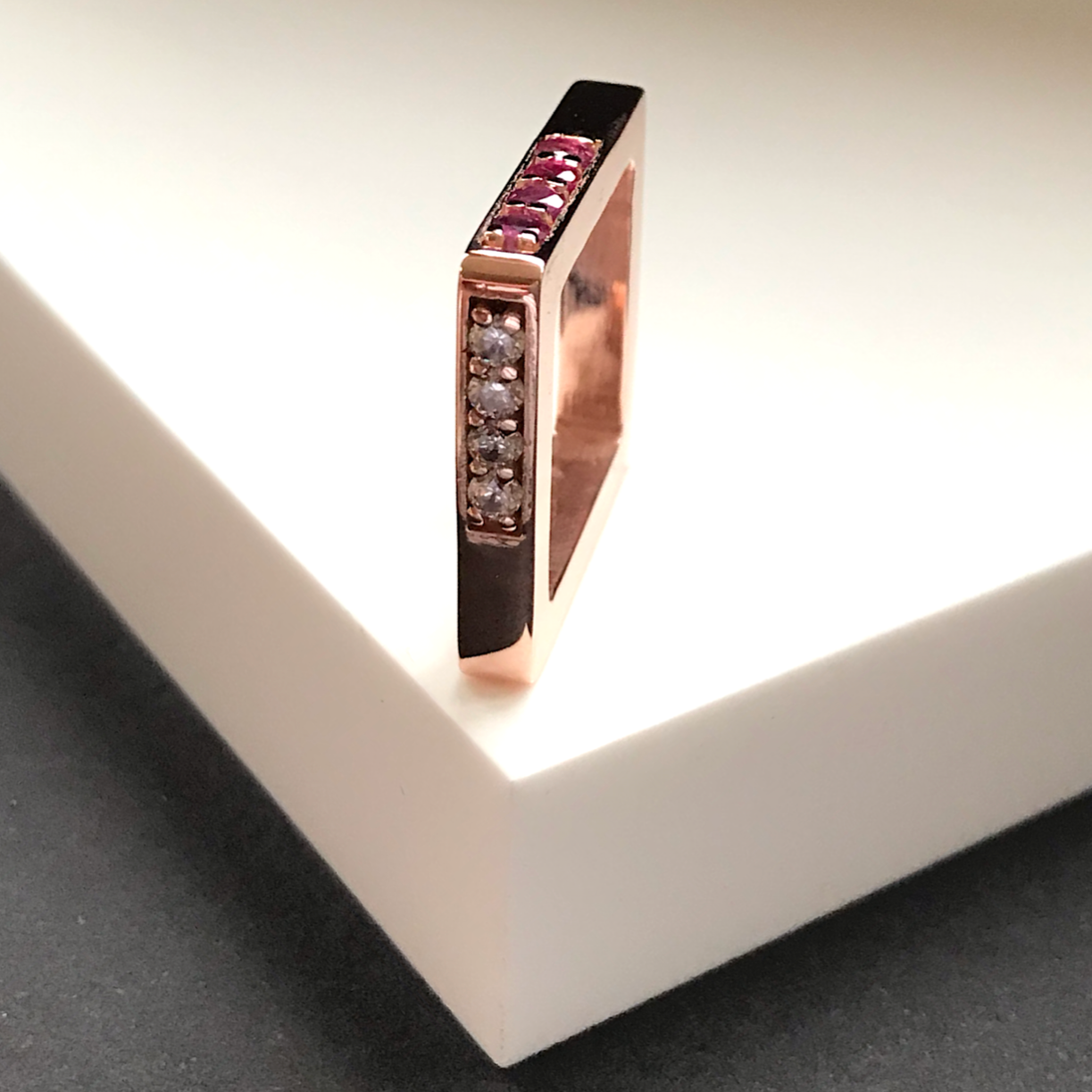
July - Ruby
Something that many people don’t know is that red Sapphires are better known as Rubies. They are very desirable gems due to the hardness, durability, lustre, and rarity,
Meaning: The deep red hue of the gemstone translates to emotions of love, passion and success.
Properties: As Rubies are a very hard gemstone; highly resistant to scratching, they are perfect for daily wear in engagement rings. They have the same hardness rating as sapphires, making them inferior only to diamonds.
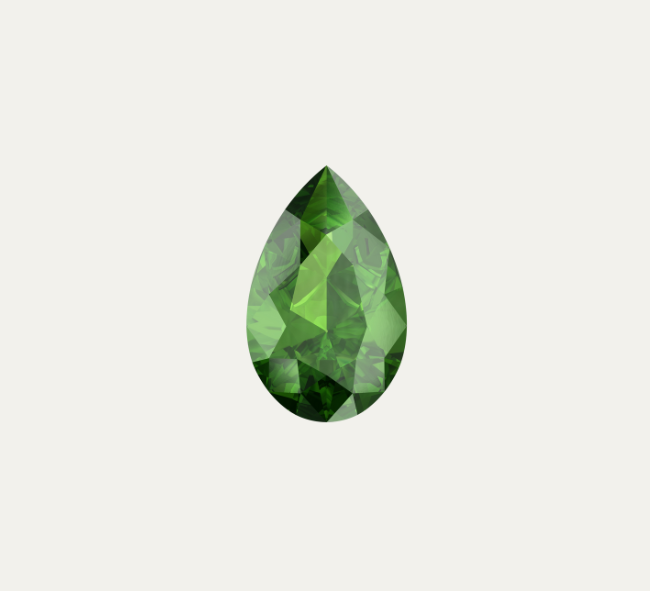
August - Peridot
Commonly found inside rounded rocks in lava flow, with some originating from space, its colour ranges from yellow to green, which is what makes this stone unique.
Meaning: Peridot is associated with protective qualities.
Properties: The gemstones chemical composition includes iron and magnesium.
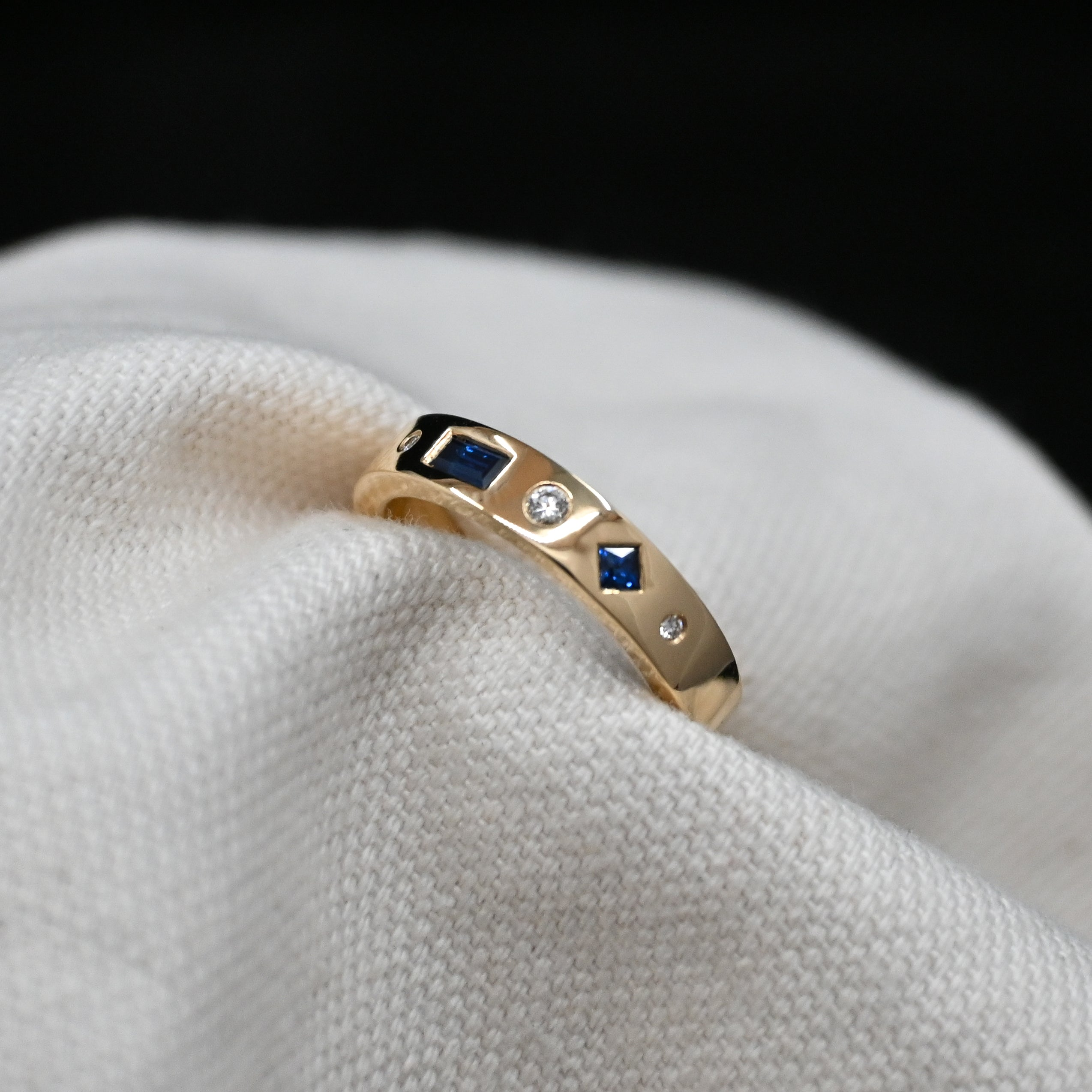
September - Sapphire
Sapphires come in a variety of colours, from pinks and reds (better known as Rubies) to oranges and greens. The most recognisable tone being blue. They tend to come from small and independent family mines and therefore are easier to trace than diamonds.
Meaning: Sapphires are known as the wisdom stone.
Properties: They are one of the most durable naturally occurring elements in the world, second only to diamond in hardness which makes them ideal for creating gemstone engagement rings.

October - Opal
Opal is an unusual gemstone. The name Opal refers to 'see a change in colour' in Greek. This is because, when you spin an Opal, its many colours and tones appear within.
Meaning: They are said to reflect the mood of the wearer, intensifying emotions.
Properties: soft stones, with some varieties prone to change colour completely when in contact with water- but do not worry, once dry their iridescent lustre will return, suited to necklaces and earrings.
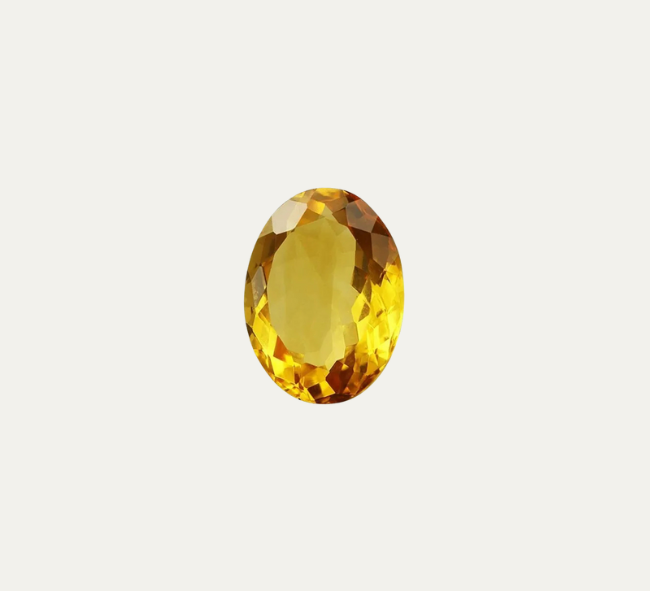
November - Citrine
A member of the quartz family and one of the most popular yellow gemstones, most of the world’s citrine originates in Brazil.
Meaning: Wearing citrine is said to remove negative or toxic energies.
Properties: Citrine is reasonably durable and reasonably priced, making it an affordable gemstone.
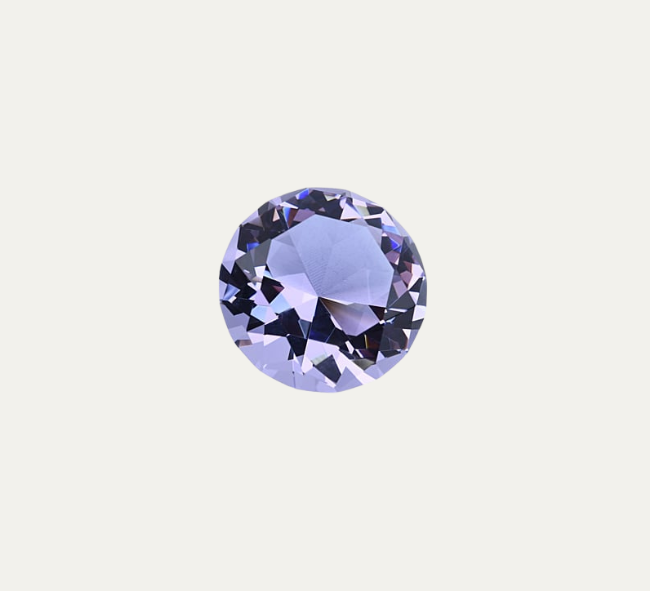
December - Tanzanite
Tanzanite is only found in Tanzania and is a stunning blue/violet gemstone. It has a rare ability to display these different colours when looked at from various angles.
Meaning: It is a stone of optimism, giving the wearer a sense of direction to manifest their goals.
Properties: Due to its rarity, Tanzanite is a collectors stone.
